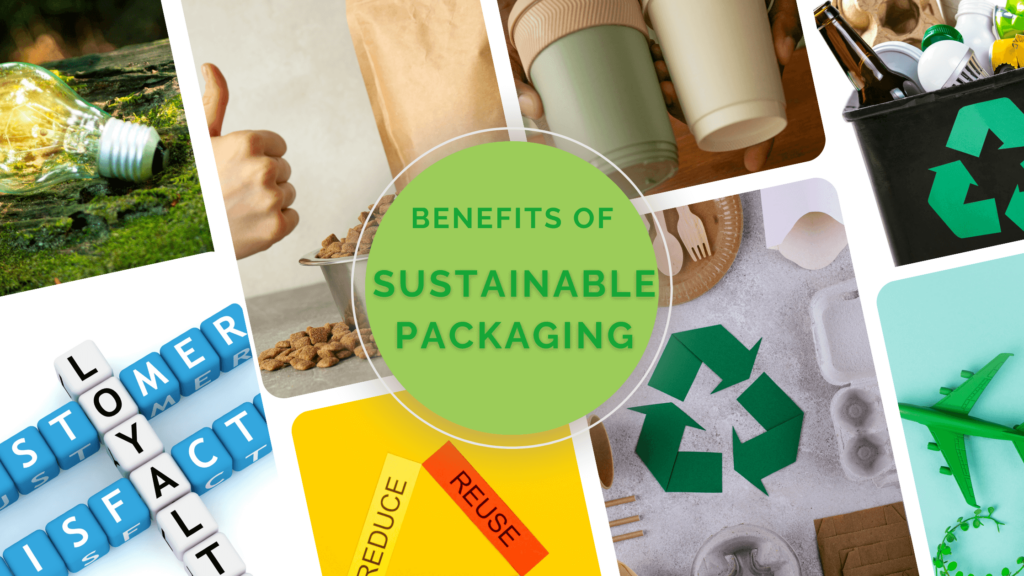Understanding Sustainable Packaging: What It Is and Why It Matters
Sustainable packaging is a strategic approach that takes into account the environmental impact of packaging from raw material sourcing to disposal. Its goal is to minimize waste by utilizing efficient design principles that prioritize resource optimization and waste reduction throughout the packaging lifecycle. In addition to lowering carbon footprints, sustainable packaging focuses on incorporating renewable or recyclable materials that can be easily recovered or reused in a circular economy model.
Sustainable packaging is crucial in today’s world as it directly tackles the pressing environmental issues of plastic pollution and resource depletion. With plastic waste clogging our oceans and landfills, and natural resources being depleted at alarming rates, it is more important than ever for businesses to adopt sustainable packaging practices. By utilizing renewable or recyclable materials and minimizing waste throughout the packaging lifecycle, companies can actively contribute to reducing the harmful impact on our planet. Sustainable packaging not only addresses these urgent concerns but also sets a positive example for industries and consumers alike, showing that businesses can be both profitable and environmentally responsible.
By embracing sustainable packaging, businesses have the opportunity to make a substantial impact in reducing environmental harm and advocating for a healthier planet.
To truly make strides in sustainable packaging, the U.S. must enhance its recycling infrastructure. An intelligently designed federal recycling initiative could foster collaboration among businesses, communities, recyclers, manufacturers, and consumers, ensuring waste reduction and promoting responsible, efficient recycling practices.
Cost Efficiency: How Sustainable Packaging Saves Money in the Long Run
While the initial investment in sustainable packaging materials might be higher, the long-term savings can be substantial. This results in not only cost savings on transportation but also a decrease in the overall environmental impact of shipping. The lighter weight of sustainable packaging materials reduces fuel consumption during transportation, contributing to lower carbon emissions and a greener supply chain.
These materials are designed with high durability, providing exceptional protection to products during the entire shipping process. This reduces the risk of damage and minimizes the need for replacements. By opting for sustainable packaging solutions, businesses can adopt a more efficient and environmentally friendly approach to their logistics operations. This not only has positive implications for their financial performance but also contributes to the overall well-being of the planet. See Recommended Tests for packaging.
Let’s not forget that consumer demand for eco-friendly products continues to be on the rise. Businesses that invest in sustainable packaging can see reduced waste management costs and potential tax incentives for sustainable practices. These cost benefits make sustainable packaging a financially sound choice as consumers will tend to purchase products from businesses that have sustainable packaging commitments.
Companies, brands, and packaging suppliers are able to utilize packaging testing laboratories to ascertain the data necessary to drive good decisions. Clear Packaging is an avenue to assist with this. Contact Clear Packaging today to learn more about packaging testing and to get a free quote.
Boosting Brand Image: The Marketing Advantages of Going Green
Consumers today are more environmentally conscious than ever before. By adopting sustainable packaging, businesses can enhance their brand image and appeal to a growing market of eco-aware customers. As stated above, businesses that are looking for ways to bring more sustainable packaging to the forefront will win a larger share of consumers’ buying power.
Marketing sustainable practices can differentiate a brand from its competitors, fostering a positive public image and increasing customer loyalty. Highlighting these efforts in marketing campaigns can also attract media attention and create additional promotional opportunities.
Eco-friendly practices can also encourage word-of-mouth referrals and positive reviews, further enhancing customer loyalty.
Regulatory Compliance: Staying Ahead of Environmental Legislation
As environmental concerns continue to grow, countries around the world are implementing increasingly stringent regulations to mitigate the impact of businesses on the environment. Failing to comply with these regulations can result in substantial penalties for companies. Transitioning to sustainable packaging not only helps businesses meet existing environmental standards but also positions them well for future regulatory requirements, contributing to a more sustainable and eco-friendly business environment.
Proactively adopting sustainable practices helps avoid legal issues and positions businesses as environmental leaders, providing a competitive advantage in evolving markets.
Let’s recap…Businesses can effectively shrink their environmental impact by incorporating recyclable, biodegradable, or renewable materials into their packaging. This is a big win in preserving natural resources for future generations. By making a conscious effort to prioritize sustainability in their packaging choices, businesses play a crucial role in promoting a healthier planet and setting a positive example for others to follow. With a proactive mindset about sustainable packaging and solidifying a Packaging Quality Assurance Lifecycle Program with assistance from Clear Packaging, companies will boost their brand loyalty and satisfaction while cutting out waste and reducing packaging costs!
